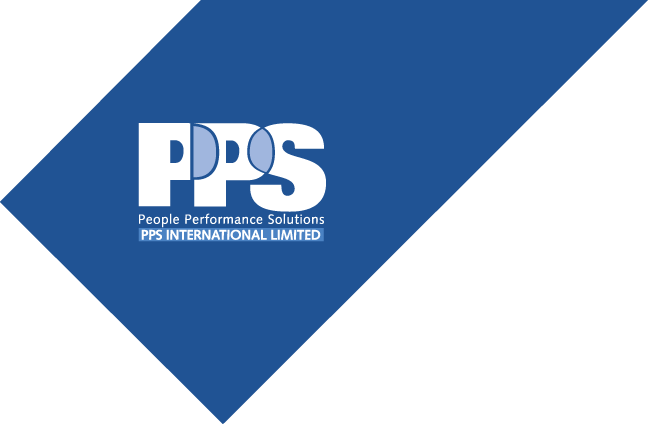Masterful Coaching
Masterful Coaching
Being a coach is more than just giving guidance. It is developing trusting relationships and creating an environment where employees want to learn, develop and perform to their highest potential.
There are times when you find that an employee is having trouble completing a task. The reason for not being able to do an assignment may not be an unwillingness to do the work, but a lack of understanding how to do it. In these situations, a leader may need to coach an employee one-on-one. In this workshop, coaching is defined as individual instruction, customized to the employee’s experience and abilities. Being a coach is more than just giving guidance. It is developing trusting relationships and creating an environment where employees want to learn, develop and perform to their highest potential. The course will cover how to identify coaching opportunities, deliver supportive and developmental feedback, and provide individual instruction.

Consider this program if you know:
- Employees have a willingness to do a job, but just aren’t able to complete it without support.
- New systems, processes, technology and other changes are new even to the most “tenured” employee.
- They need to increase productivity and output but don’t have a large budget to do so.
- The only time employees receive feedback is during their performance review.
- Coaching is considered an intervention for when employees have performance problems.
- Leaders spend most of their time directing others rather than facilitating ongoing learning.
- Appraisal discussions are stressful to all parties involved.
- Managers and supervisors do all the talking during reviews.
Learning Outcomes:
- Use communication skills to create buy-in and understanding.
- Teach employees necessary job skills through the use of instructional methods.
- Describe behavior specifically and objectively.
- Give useful, accurate feedback – both corrective and reinforcing.
- Define coaching and the benefits of coaching within your organization.
- Identify and act upon coaching opportunities.
- Use a Coaching Map to guide interactions.
- Establish a coaching partners hip with clear expectations.
- Effectively lead a GAPS discussion to clarify goals.
- Build a developmental plan that is specific and motivating.
- Use the communication cycle to support interactive coaching opportunities.
Available Options:
- Customized case studies available
- Coaching skill cards available
Logistics:
- One-day program

